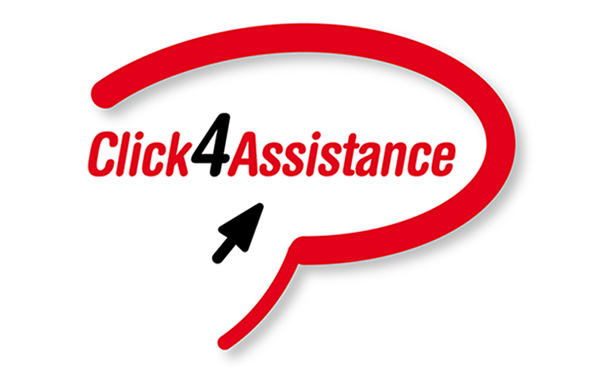Web Chat Software - A Better Way to Process Admissions Enquiries

Last month we gave specific examples of the kind of enquiries the accommodations team could face and how those can be processed using live chat technology. In this blog we are highlighting the practical applications of web chat software within the admissions department.
Admissions Officers might still be traumatised from the stress and madness of A-level results day but things are finally winding down. October 22nd marked the very last UCAS deadline for clearing offers (for both students and universities) and the start of a brief reprieve before preparations begin for the next wave of students in 2015.
Senior members of the admissions team will often spend this time examining the performance of the department and addressing any issues that cropped up over the summer months.
An efficient admissions office is key for the smooth-running of the university. This is especially true during the busy clearing period that follows A-level results day. Universities that implement live chat on website have an edge over other institutions that rely solely on phone operators because they can handle multiple chats simultaneously. This can make all the difference when trying to fill empty course places. There are also other advantages to using web chat software as a tool to handle admissions enquiries.
Accessibility
On 15th August a large number of students logged into the UCAS track system to confirm their place or to start reviewing their clearing options. Students may browse university websites to look for the appropriate phone number to call for clearing questions. For many, it might not be obvious that the admission team is who they need to contact. It is also not uncommon for all phone lines to get tied up so that students are left anxious as they sit on the phone and try to get through. Offering live chat as an alternative and more convenient choice will help alleviate pressure on the phone lines.
Repetitive Enquiries
I am two UMS marks short of fulfilling my conditional offer, would you still consider accepting me? I met my offer but can I be considered for this course instead? These are the kinds of questions that require a thoughtful and customised response. For all other enquiries, your admissions team may be using variations of a reply over and over. Have your most experienced Accommodations Officer write up answers to your most common questions, such as declining an appeal or giving basic enrolment information. These prepared answers can be tweaked a little before being sent, making them an ideal tool where the reply remains the same but with some variables, e.g. “the enrolment date for (course) is on (date).”
Workload Management
When reviewing the performance of your Admissions Office over the last few months it’s important to look at how the team is managing its workload. What kind of tools do they have available to help them? Web chat software is configured to switch “Chat With Us” to a “Leave a Message” button during out of office hours or if all team members are already engaged in a chat. Unlike voicemail, which are often unclear and the student is free to leave as little or as many details as they like, the Call Back form can be customised to capture the student’s UCAS number for quick identification. Having to play detective and work out who the student is purely from their name is a time-consuming problem that can be eliminated with web chat software.
Decision Making
Your applicants may want further information, such as feedback on how to improve a future re-application or where they should appeal because they just fell short of requirements. University course tutors will often provide the admissions team with guidelines on how much leeway they can give students who failed to meet their conditional offer but it’s still important for a senior member of the admissions team to handle the appeal/feedback. Transferring the student to a senior member while in-chat is a more seamless process than putting them on hold and forwarding their call. It is also a less personal experience, thereby making it easier to make an instant yes/no decision or give objective feedback.
CRM Integration
Integrating correspondence that takes place over the phone into a CRM system requires your team to enter details manually into the system. Web chat software makes better use of their time by injecting the student’s information straight into the CRM. Firstly, this helps to avoid the lengthy process of verifying their identity and application over the phone. Secondly, integrating live chat with CRM will give your Admissions Officer an immediate overview of students’ applications when they initiate a chat. With context readily available the admissions team can focus on the student-facing aspect of their job and deal with enquiries more rapidly.
Performance Measuring
The above are all good examples of how web chat software can be applied to the admissions team, but it relies on students using the service, on your admissions officers taking full advantage of the software and a host of other variables. When all the dust settles, it’s important to look back and understand what live chat has accomplished. Unlike phone queries, where results need to be manually recorded due to the impracticality of storing hundreds of phone conversation, every single chat is recorded and categorised. This allows for comprehensive reporting on the number of chats taken, missed chats, chat outcomes, visitor feedback, etc. This information can be broken down to identify your top performing Admissions Officers as well as those that might need more training. In short, reporting allows you to measure the productivity of web chat software and compare it to phone and email engagements to give you a complete overview of your resourcing efforts.
























